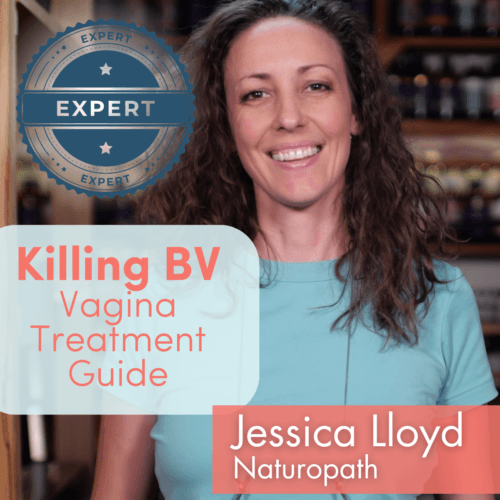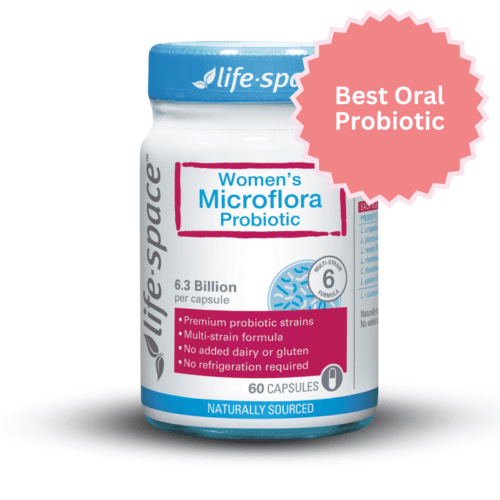Congenital adrenal hyperplasia (CAH) is caused by an adrenal gland disorder whereby synthesis of cortisol is affected by an enzyme defect. The defect leads to an accumulation of androgen precursors in the blood, with results varying between salt-wasting, high blood pressure (hypertensive), virilising, or feminising.1,2
Congenital adrenal hyperplasia is caused by a mutation in a gene, and most defects result in either excessive or deficient sex hormone production, affecting the development of primary or secondary sex characteristics in babies, children or adults.
Congenital adrenal hyperplasia is considered a cause of Differences of Sexual Development (DSD).3
Deficient mineralocorticoids
Deficiencies in mineralocorticoids leave an infant with salt wasting that can lead to dehydration and death.4
Excess androgens
Too much of these sex hormones, and you end up with:
- A functional and average-sized penis, but no sperm
- Variations in genitalia, usually in females, with difficulty in determining sex/gender
- Early pubic hair and fast growth in childhood
- Precocious puberty or the complete failure of puberty
- Excessive facial hair
- Virilisation
- Menstrual irregularity in teen years
- Infertility (caused by lack of ovulation)
- An enlarged clitoris (clitoromegaly)
- A shallow or closed-ended vagina (vaginal atresia)
How congenital adrenal hyperplasia works
Normal endocrine function is set about by cortisol production, with production starting in the second month in the womb. Most congenital adrenal hyperplasia is characterised by low cortisol production, which results in high levels of ACTH.
This increase leads to hyperplasia – overgrowth – and overactivity of steroid-producing cells in the adrenal cortex, with this being present at birth (congenital).5
Congenital adrenal hyperplasia is caused by a recessive gene, meaning that both the mother and the father of a baby must be recessive carriers for the child to carry CAH genes.6
Couples with the gene can use various fertility and genetic testing to avoid the gene in their offspring. Every child in most western countries is screened for congenital adrenal hyperplasia at birth, and if detected early enough, the child can live a happy life with early intervention.
How congenital adrenal hyperplasia affects an individual
Each person will have their own version of congenital adrenal hyperplasia, and it will affect each individual differently. The cortisol deficiency is likely to not be the worst problem affecting those with CAH, with the production of androgens and oestrogens posing a greater set of issues.7,8
The very mildest form affects ovulation and fertility in adults, but the worst types are associated with multiple enzymatic inefficiencies that cause foetal changes and issues in the womb and shortly after.
Treatment for congenital adrenal hyperplasia
Since it is a genetic issue, CAH treatment focuses on treating the symptoms and trying to re-regulate or mimic normal hormone systems. Some treatments may include all or any of the following:
- Supplementation with glucocorticoid to reduce hyperplasia (overgrowth) and overproduction of androgens and mineralocorticoids.9,10
- Replacing mineralocorticoid and salt if deficient.11
- Replacing hormones (testosterone, oestrogen) at puberty if deficient.
- Different hormone therapies to optimise growth (delay puberty or delaying bone maturation).12
This condition has forced a lot of difficult discussions, including extensive debates over genital reconstructive surgery, gender assignment of severely affected XX infants, and how to treat this condition before birth.
References
- Al-Maghribi H. Congenital adrenal hyperplasia: problems with developmental anomalies of the external genitalia and sex assignment. Saudi J Kidney Dis Transpl. 2007 Sep. 18(3):405-13. [Medline].
- 1.Canlas JF, Ponmani C. Congenital adrenal hyperplasia with salt-wasting crisis and arrhythmia: a case study. BMJ Case Rep. Published online January 2019:e227565. doi:10.1136/bcr-2018-227565
- 2.Twayana AR, Sunuwar N, Deo S, et al. Salt-Wasting Form of Congenital Adrenal Hyperplasia: A Case Report. Cureus. Published online August 9, 2022. doi:10.7759/cureus.27807
- 3.Man E, Mushtaq I, Barnicoat A, et al. A Single-Center, Observational Study of 607 Children and Young People Presenting With Differences of Sex Development (DSD). Journal of the Endocrine Society. Published online October 28, 2022. doi:10.1210/jendso/bvac165
- 4.Padidela R, Hindmarsh PC. Mineralocorticoid Deficiency and Treatment in Congenital Adrenal Hyperplasia. International Journal of Pediatric Endocrinology. Published online 2010:1-4. doi:10.1155/2010/656925
- 5.Mallappa A, Merke DP. Management challenges and therapeutic advances in congenital adrenal hyperplasia. Nat Rev Endocrinol. Published online April 11, 2022:337-352. doi:10.1038/s41574-022-00655-w
- 6.Krone N, Arlt W. Genetics of congenital adrenal hyperplasia. Best Practice & Research Clinical Endocrinology & Metabolism. Published online April 2009:181-192. doi:10.1016/j.beem.2008.10.014
- 7.Kamoun M, Feki M, Sfar M, Abid M. Congenital adrenal hyperplasia: Treatment and outcomes. Indian J Endocr Metab. Published online 2013:14. doi:10.4103/2230-8210.119491
- 8.Pofi R, Ji X, Krone NP, Tomlinson JW. Long‐term health consequences of congenital adrenal hyperplasia. Clinical Endocrinology. Published online September 7, 2023. doi:10.1111/cen.14967
- 9.Schröder MAM, Claahsen – van der Grinten HL. Novel treatments for congenital adrenal hyperplasia. Rev Endocr Metab Disord. Published online February 23, 2022:631-645. doi:10.1007/s11154-022-09717-w
- 10.Bacila I, Freeman N, Daniel E, et al. International practice of corticosteroid replacement therapy in congenital adrenal hyperplasia: data from the I-CAH registry. European Journal of Endocrinology. Published online April 2021:553-563. doi:10.1530/eje-20-1249
- 11.Lang K, Quinkler M, Kienitz T. Mineralocorticoid replacement therapy in salt‐wasting congenital adrenal hyperplasia. Clinical Endocrinology. Published online August 11, 2023. doi:10.1111/cen.14959
- 12.White PC. Emerging treatment for congenital adrenal hyperplasia. Current Opinion in Endocrinology, Diabetes & Obesity. Published online June 2022:271-276. doi:10.1097/med.0000000000000723
The most comprehensive vaginal microbiome test you can take at home, brought to you by world-leading vaginal microbiome scientists at Juno Bio.
Unique, comprehensive BV, AV and 'mystery bad vag' treatment guide, one-of-a-kind system, with effective, innovative treatments.
Promote and support a protective vaginal microbiome with tailored probiotic species.





